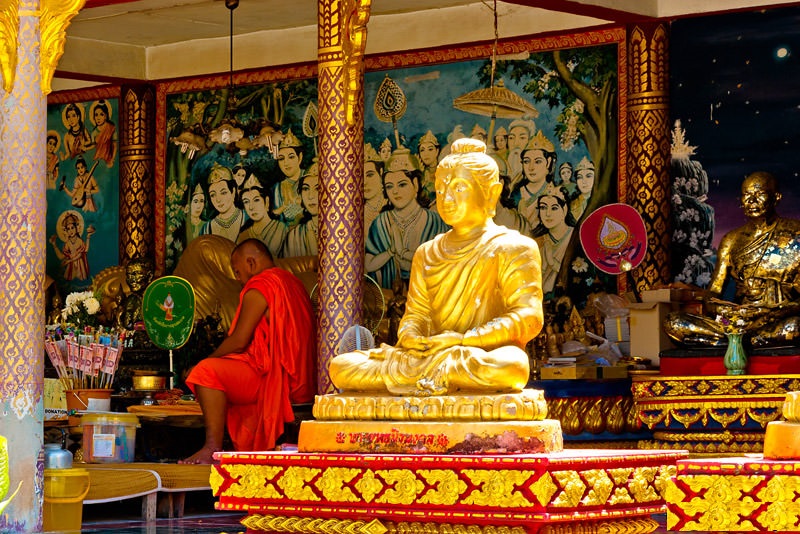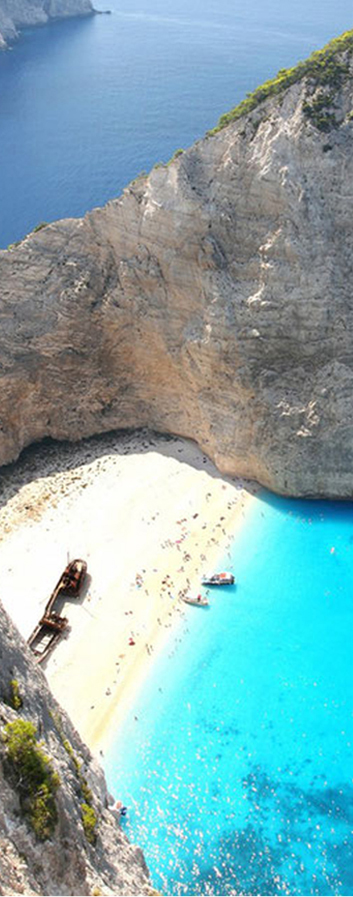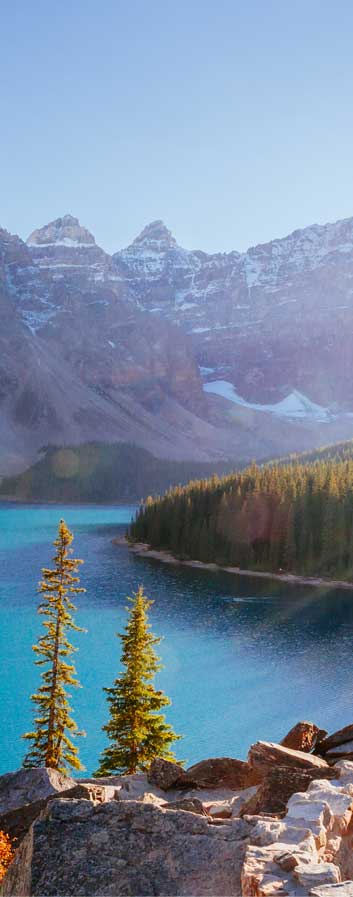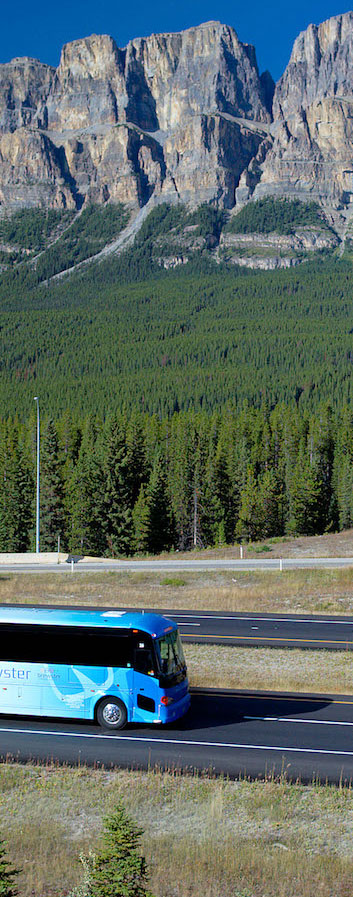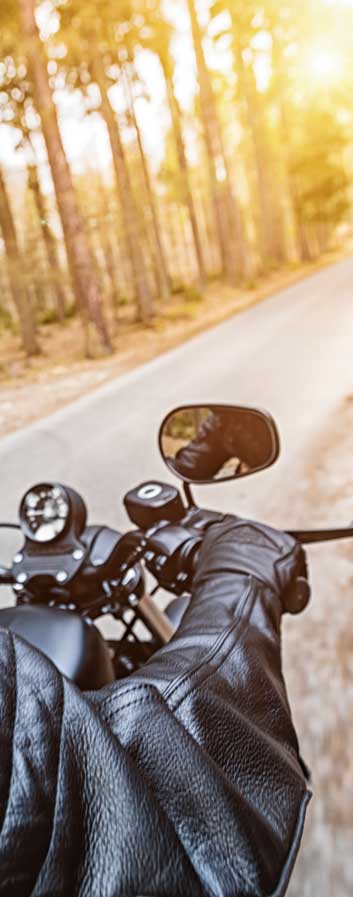Big Buddha, Ko Samui
Big Buddha temple sits majestically on a small rocky island off Koh Samui’s north-eastern corner. Known locally as Wat Phra Yai, its golden, 12-metre seated Buddha statue was built in 1972 and remains one of the island’s most popular attractions. Set on Koh Faan, Big Buddha temple is reached by a causeway that connects it to the main island. The Big Buddha can be seen at a distance of several kilometres and is often the first landmark people see when arriving to Samui by air.
The Big Buddha sits in the Mara posture, with the left hand’s palm up resting on the lap and the right hand facing down, the fingers hanging over the knee and grazing the ground. It depicts a time during Buddha’s journey to enlightenment where he successfully subdued the temptations and dangers thrust at him by the devil-figure Mara by meditating and remaining calm. The pose is a symbol of steadfastness, purity and enlightenment.
Around the base of the tall statue is a courtyard and vendor area where amulets, religious artefacts, clothing and souvenirs are sold, and there are two more Buddha images set in pavilions. There are also food stalls and small restaurants to enjoy a snack or a meal. A staircase with a colourful, striking dragon design leads up to the platform area on which the Buddha sits.
Buddhist devotees come daily to make offerings of fruit and flowers and light incense at the base of the statue, while curious tourists are welcome come and to observe these graceful religious rituals any time of day. In addition to offering an insight into the local culture, the platform affords excellent beach and sea views. By night, the Big Buddha is bathed in the golden glow of spotlights, making for a holy and exotic sight.
All over Thailand the wat serves as a major centre for cultural festivals and Big Buddha temple in Samui is no exception. During such festivals as Loy Kratong or Songkran the temple becomes crowded with people making merit and enjoying the entertainment, food and markets set up in celebration. The beach nearby was originally called Bang Rak, but due to the prominence of the temple at its eastern end it is now more commonly known as Big Buddha Beach. There are a number of hotels and guesthouses along its sandy shoreline, and plenty of places to eat and shop.
To get to Big Buddha temple, take the main route 4169 up to the northeast region of Samui, then turn off on route 4171. The temple is about 3 kilometres directly north of Samui International Airport, 3km east of Bophut Beach and 7.5km away from Cheweng Beach. The temple is open to visitors all day, but for those hoping to catch a true cultural experience it’s best to go in the early morning hours, the time when local people bring their food and other offerings to the temple and the monks do their morning chanting.
Since this is a sacred place, visitors are advised to dress politely. Be sure to wear shirts or scarves that cover the shoulders, trousers or long shorts, and no beachwear when visiting the Big Buddha temple.
